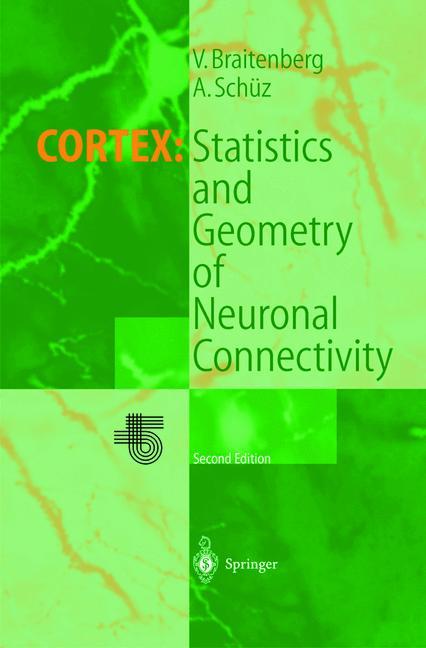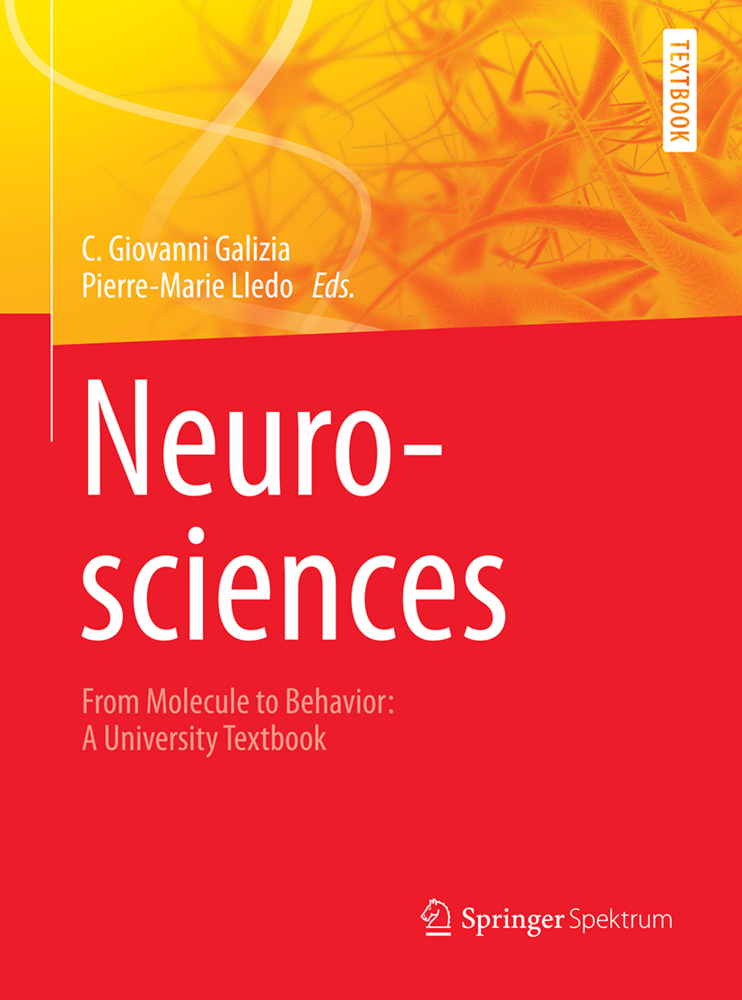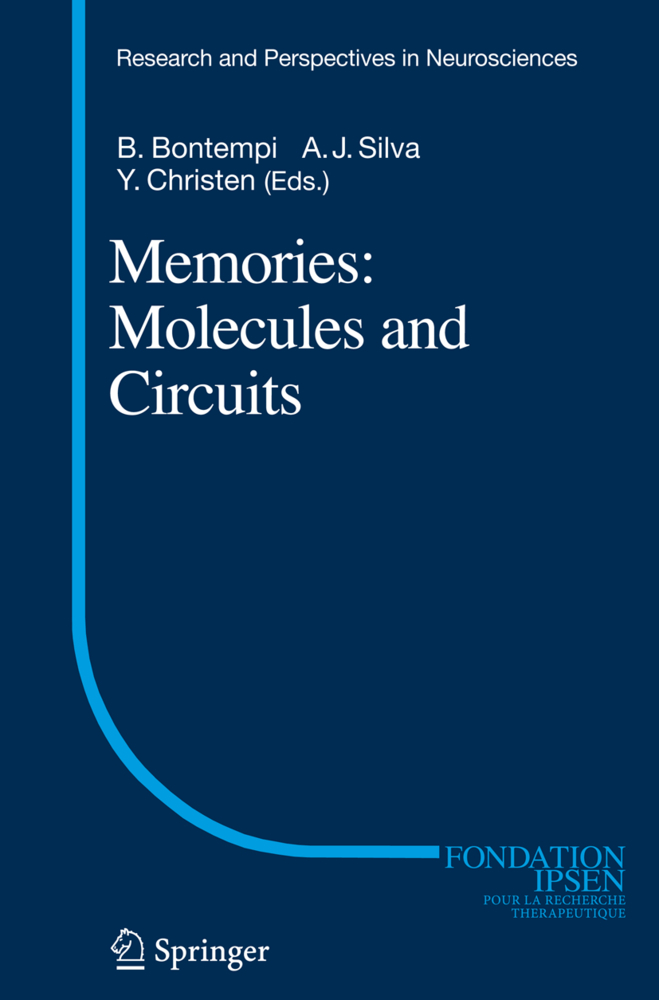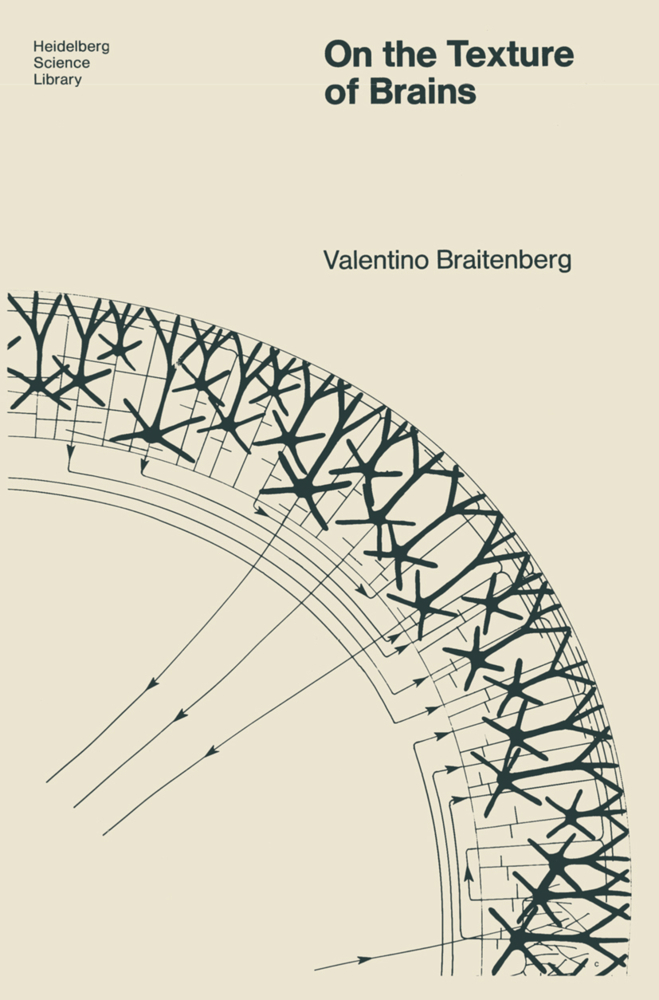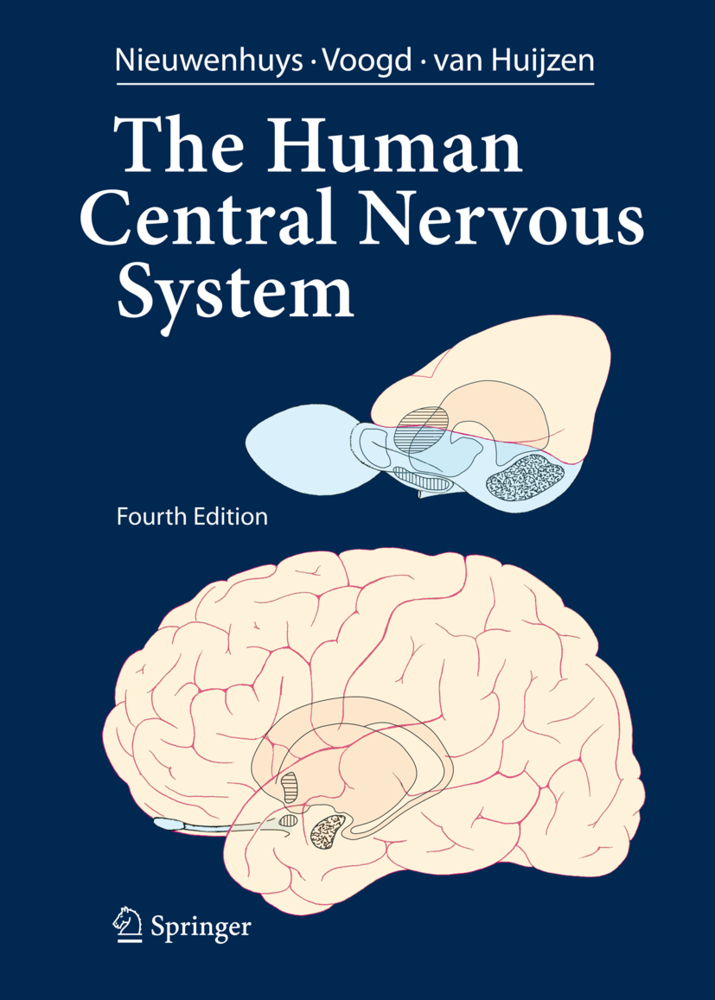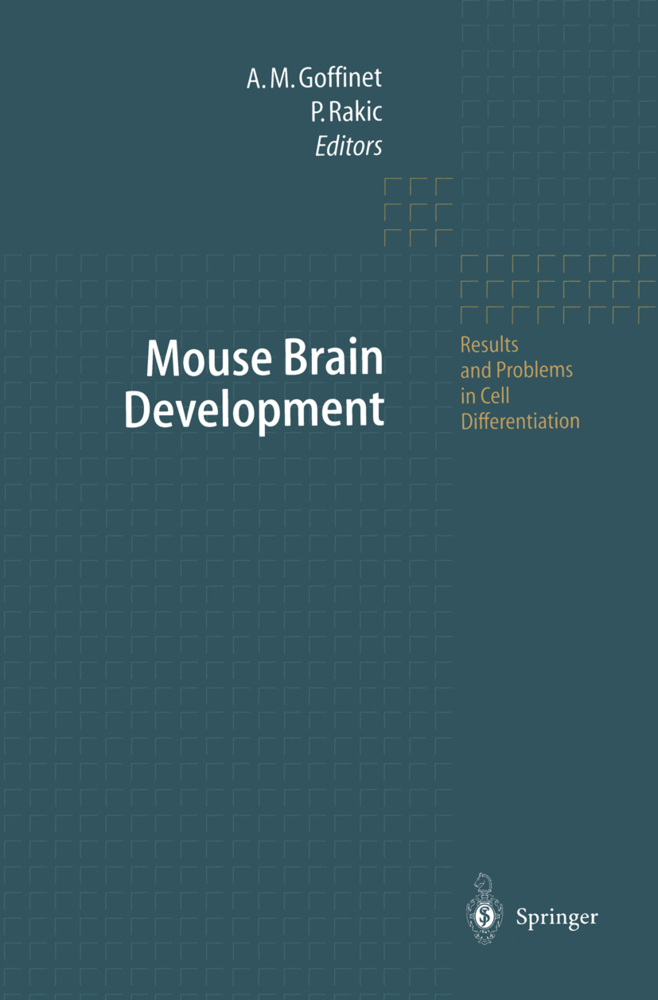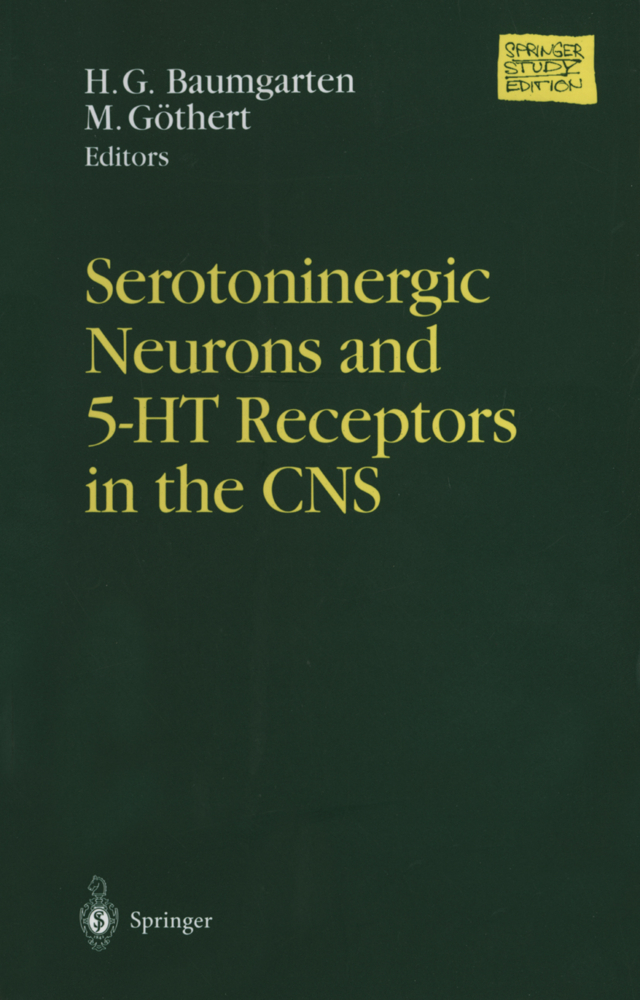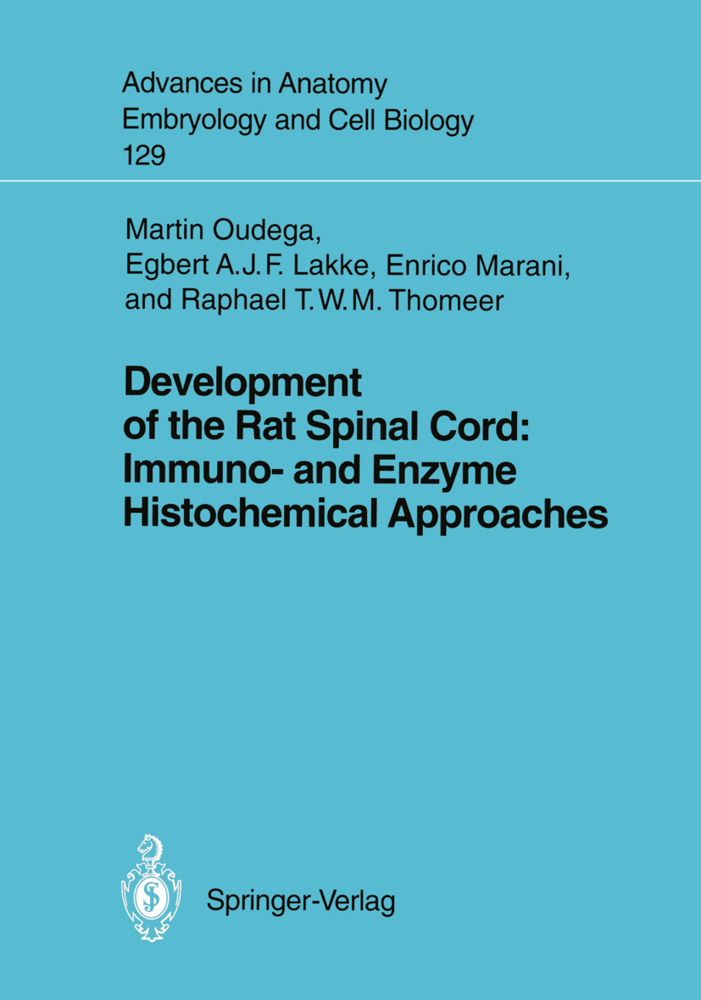Cortex: Statistics and Geometry of Neuronal Connectivity
Cortex: Statistics and Geometry of Neuronal Connectivity
By means of quantitative analysis of the tissue components in the cortex of the mouse, this book presents an overall picture of the cortical network which is then related to various theories on cortical function. Centering around the idea of a diffuse network in a fairly homogeneous population of excitatory neurons, that of the pyramidal cells, it shows that the whole organisation in the cortical skeleton of pryramidal cells corresponds well with the idea of an associative memory and with the theory of cell assemblies. Provides the reader with information on quantitative neuroanatomy and also on the methods used, in particular those that vary from the norm.
3 Analysis of the Neuropil: Preliminary Remarks
4 Density of Neurons
5 Density of Synapses
6 Comparison Between Synaptic and Neuronal Density
7 Density of Axons
8 Comparison Between the Densities of Neurons, Synapses and Axons
9 Microscopic Evidence of the Spacing of Synapses on Axons
10 Statistics of the Synapses Along the Axons
11 Density of Dendrites
12 Different Kinds of Synapses
13 Interim Discussion
14 Morphology of Neurons: Golgi Pictures
15 Classification of Cortical Neurons
16 Quantitative Aspects of the Three Types of Neurons. Methods
17 Length of the Axonal Ramification of Individual Neurons
18 Length of the Dendritic Trees
19 Relative Density of Axons and Dendrites
20 The Likelihood of a Synapse Between Two Pyramidal Cells
21 Peters' Rule and White's Exceptions
22 Dendritic Spines
23 Synapses on Spineless Dendrites
24 In Search of Engrams
25 Postnatal Changes, Possibly Due to Learning, in the Guinea Pig Cortex
26 Cortico-Cortical Connections
27 Cortical Architectonics
28 Layers
29 Cyto- and Myeloarchitectonics: Two Aspects of the Same Reality
30 Special Areas
31 Map of the Cortex
32 How Cortex-Like Is the Hippocampus?
33 Summary of Statistical Anatomy and Conclusions Thereof
34 Comparative Aspects: Statistical Measures in Larger Brains
35 Global Activity, Cell Assemblies and Synfire Chains
36 Feature Detectors and Orientation Columns
37 Human Language: The Ultimate Challenge for a Theory of the Cortex. An Essay
References.
1 Introduction
2 Where is the Cortex?3 Analysis of the Neuropil: Preliminary Remarks
4 Density of Neurons
5 Density of Synapses
6 Comparison Between Synaptic and Neuronal Density
7 Density of Axons
8 Comparison Between the Densities of Neurons, Synapses and Axons
9 Microscopic Evidence of the Spacing of Synapses on Axons
10 Statistics of the Synapses Along the Axons
11 Density of Dendrites
12 Different Kinds of Synapses
13 Interim Discussion
14 Morphology of Neurons: Golgi Pictures
15 Classification of Cortical Neurons
16 Quantitative Aspects of the Three Types of Neurons. Methods
17 Length of the Axonal Ramification of Individual Neurons
18 Length of the Dendritic Trees
19 Relative Density of Axons and Dendrites
20 The Likelihood of a Synapse Between Two Pyramidal Cells
21 Peters' Rule and White's Exceptions
22 Dendritic Spines
23 Synapses on Spineless Dendrites
24 In Search of Engrams
25 Postnatal Changes, Possibly Due to Learning, in the Guinea Pig Cortex
26 Cortico-Cortical Connections
27 Cortical Architectonics
28 Layers
29 Cyto- and Myeloarchitectonics: Two Aspects of the Same Reality
30 Special Areas
31 Map of the Cortex
32 How Cortex-Like Is the Hippocampus?
33 Summary of Statistical Anatomy and Conclusions Thereof
34 Comparative Aspects: Statistical Measures in Larger Brains
35 Global Activity, Cell Assemblies and Synfire Chains
36 Feature Detectors and Orientation Columns
37 Human Language: The Ultimate Challenge for a Theory of the Cortex. An Essay
References.
Braitenberg, Valentino
Schüz, Almut
| ISBN | 978-3-662-03735-5 |
|---|---|
| Medientyp | Buch |
| Auflage | 2. Aufl. |
| Copyrightjahr | 2012 |
| Verlag | Springer, Berlin |
| Umfang | XIII, 249 Seiten |
| Sprache | Englisch |

